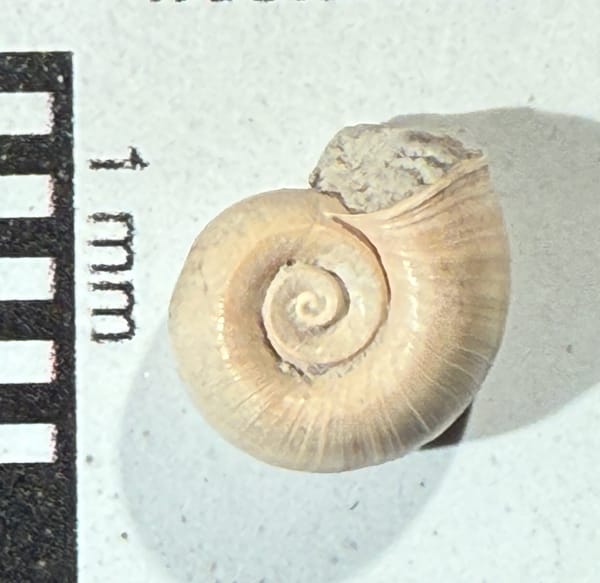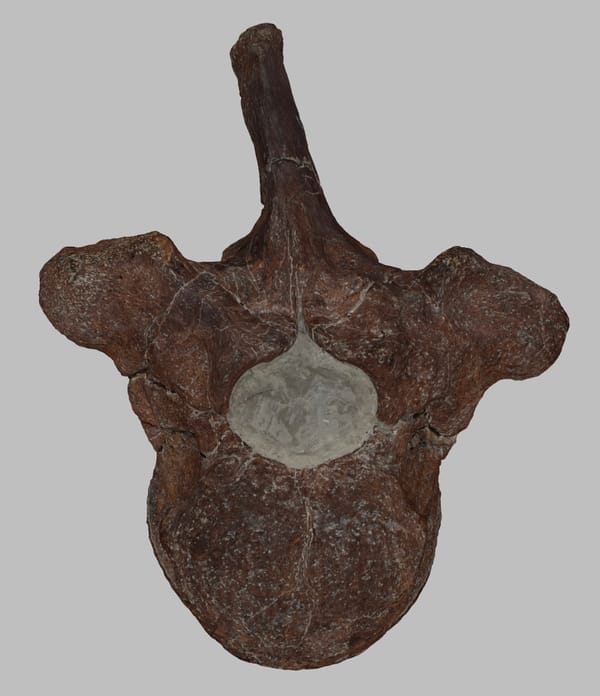A celebration of ribs
Ribs don’t need barbecue sauce to be interesting!
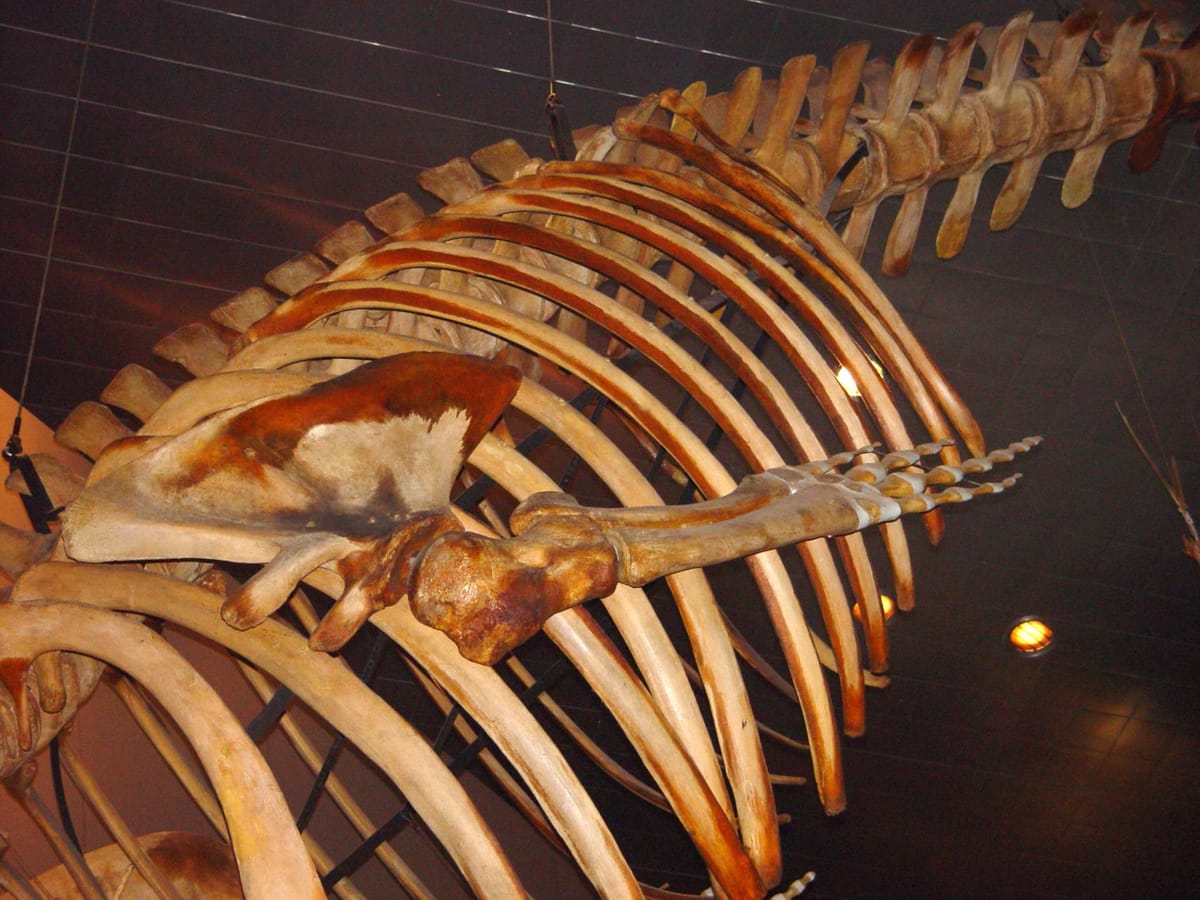
Ribs get no respect. With skeletons consisting of skulls with jaws, teeth, and brains, strings of intricately sculpted vertebrae, and weight-bearing, muscle-clad limbs with wondrously complex joints...ribs just kind of sit there, looking vaguely the same no matter what kind of animal they come from. They even don't get a lot of respect from me, and I love skeletons! So I was surprised last week to discover that no fewer than three of my own scientific papers throughout my career included major ideas that hinged on rib anatomy! With that in mind, I decided to do a short series of posts about ribs, to prove that ribs can be interesting even without barbecue sauce, to rehabilitate their image, and show why these are actually fascinating bones deserving of our attention and respect.
So, in their most basic form, ribs are long, generally somewhat crescent-shaped bones that occur in left-right pairs, with each pair associated with a vertebra. This means that in most vertebrates (except those with osteoderms), ribs are the most numerous bones in the body. Some take this to crazy extremes; some snakes have over 200 pairs, so over 400 ribs!
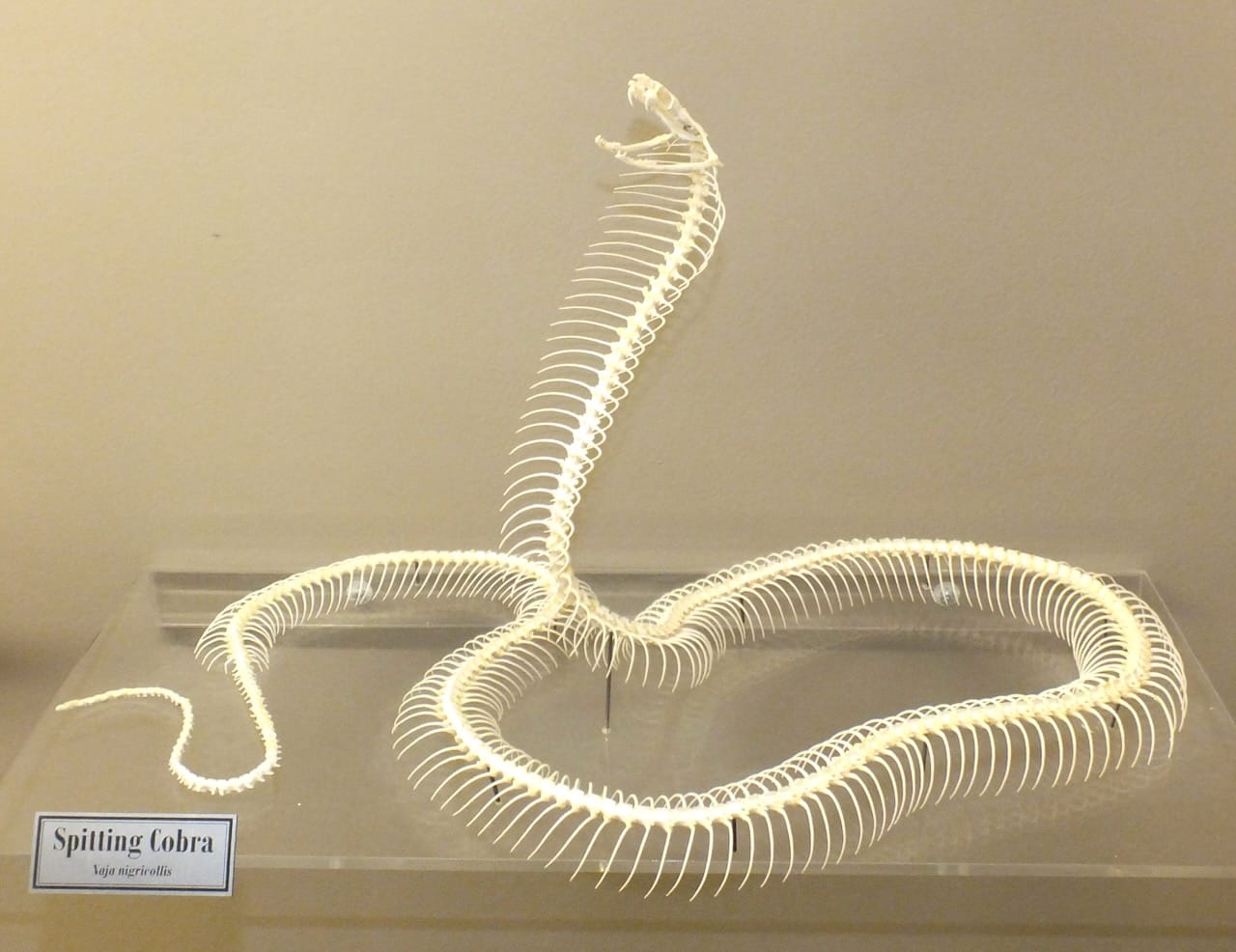
Not every vertebra has an associated pair of ribs. In the cobra skeleton above, the tail vertebrae (yes, snakes do have tails!) typically have no ribs. In animals with hips, the ilium (one of the hip bones) is attached to the sacral vertebrae where the ribs would usually be. Anterior to the hips, reptiles/birds and mammals differ from each other quite a bit.
In reptiles like the snake shown above, behind the head are cervical vertebrae in the neck and dorsal vertebrae in the back. Generally all of these will have rib pairs.
In contrast, mammals like the snow leopard below have cervical vertebrae (usually only 7 of them), with the back made of thoracic vertebrae and lumbar vertebrae. Of these, only the thoracic vertebrae have associated ribs.
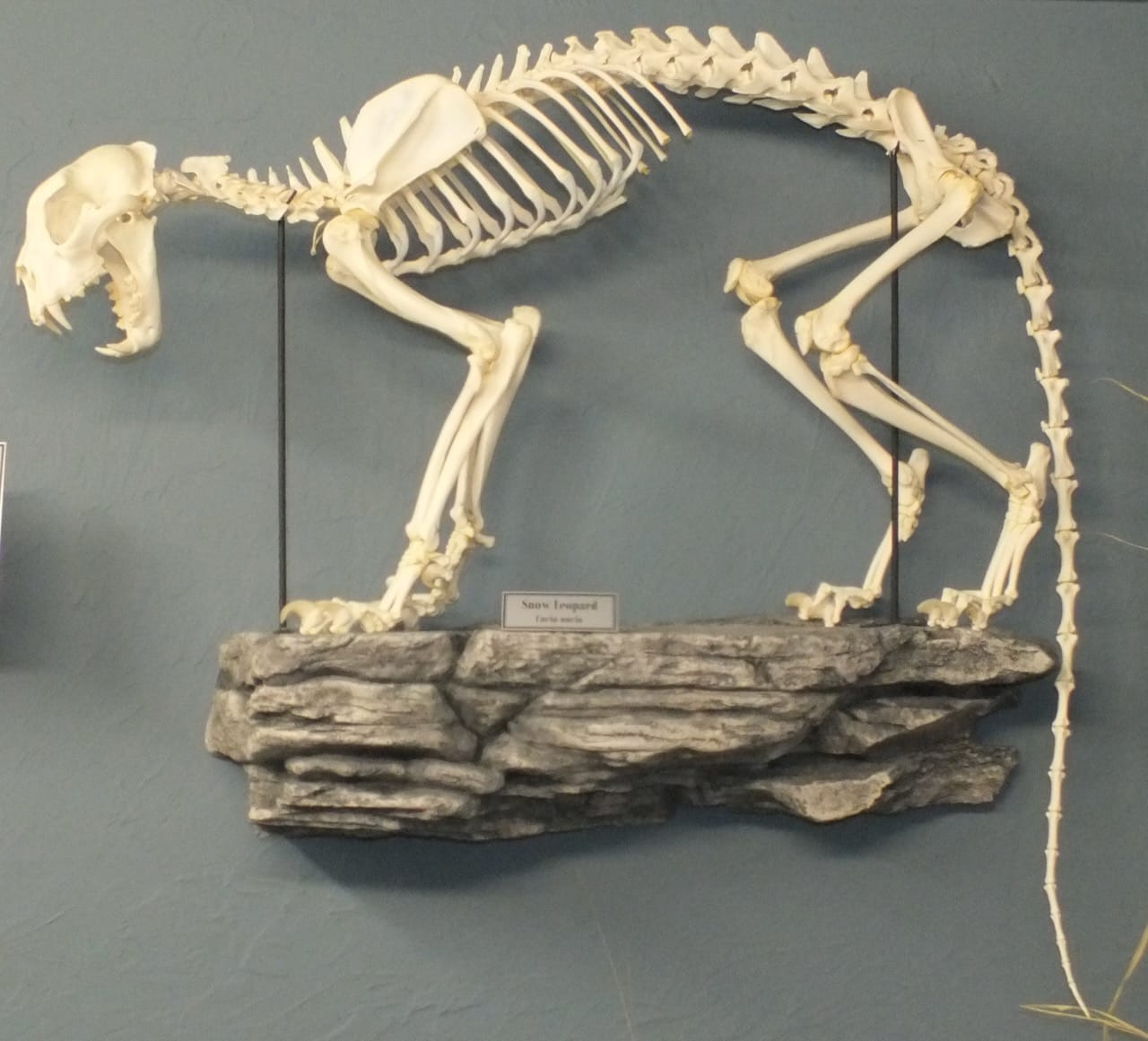
All mammals have thoracics and lumbars, with the number of each varying between different taxa. But no mammals have the outrageous rib counts of snakes. The most rib-rich (ribose?) mammal is the two-toed sloth Choloepus didactylus, with 24 pairs of ribs.
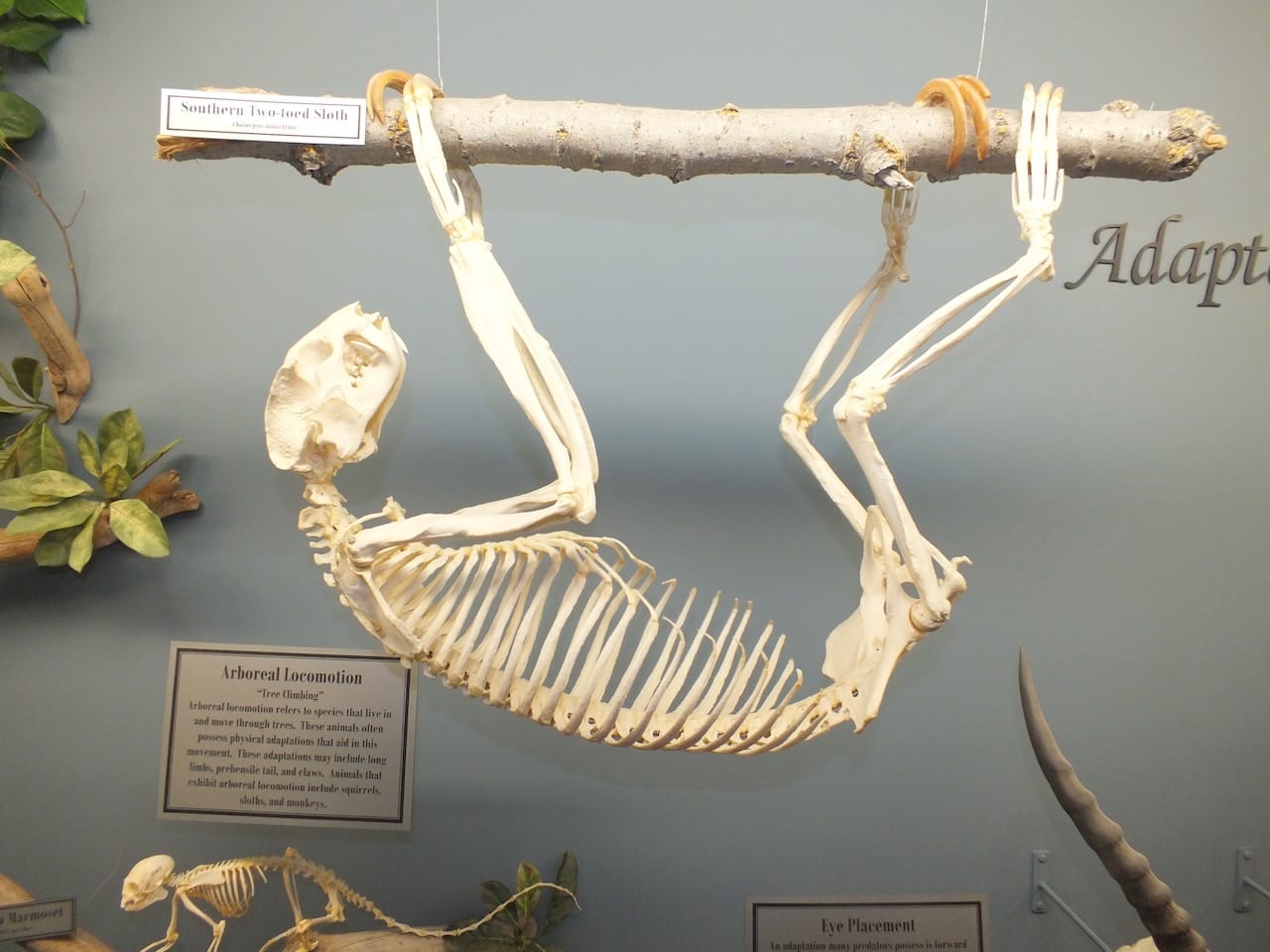
Some mammals go to the opposite extreme, with some beaked whales such as Ziphius cavirostris having only 9 pairs of ribs. Ribs are not even the most common bone in the skeleton of Ziphius, as there are 25 caudal vertebrae in the tail, but only 18 ribs.
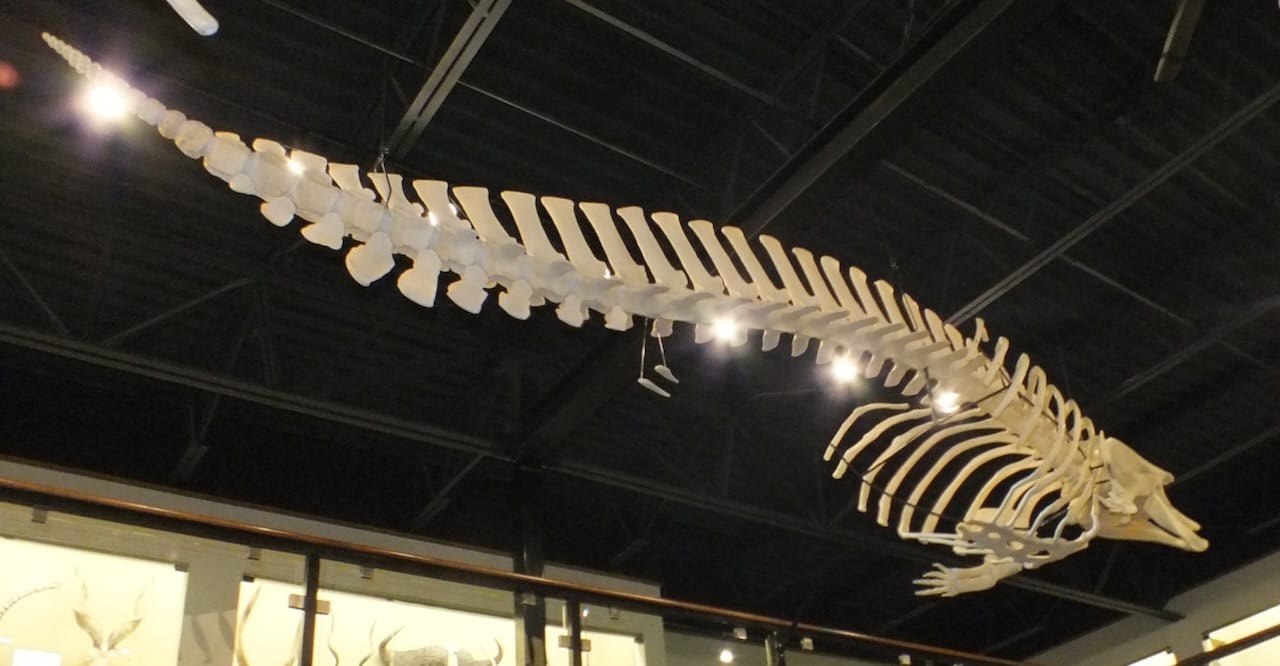
Next week we’ll look a little more closely at the ribs themselves: it turns out that “long, generally somewhat crescent-shaped bones” leaves a tremendous amount of room for variation!

If you like what you're reading, please consider becoming a paid subscriber or leaving a tip. All proceeds go to cover the cost of maintaining the site and supporting research and education at the Western Science Center.

